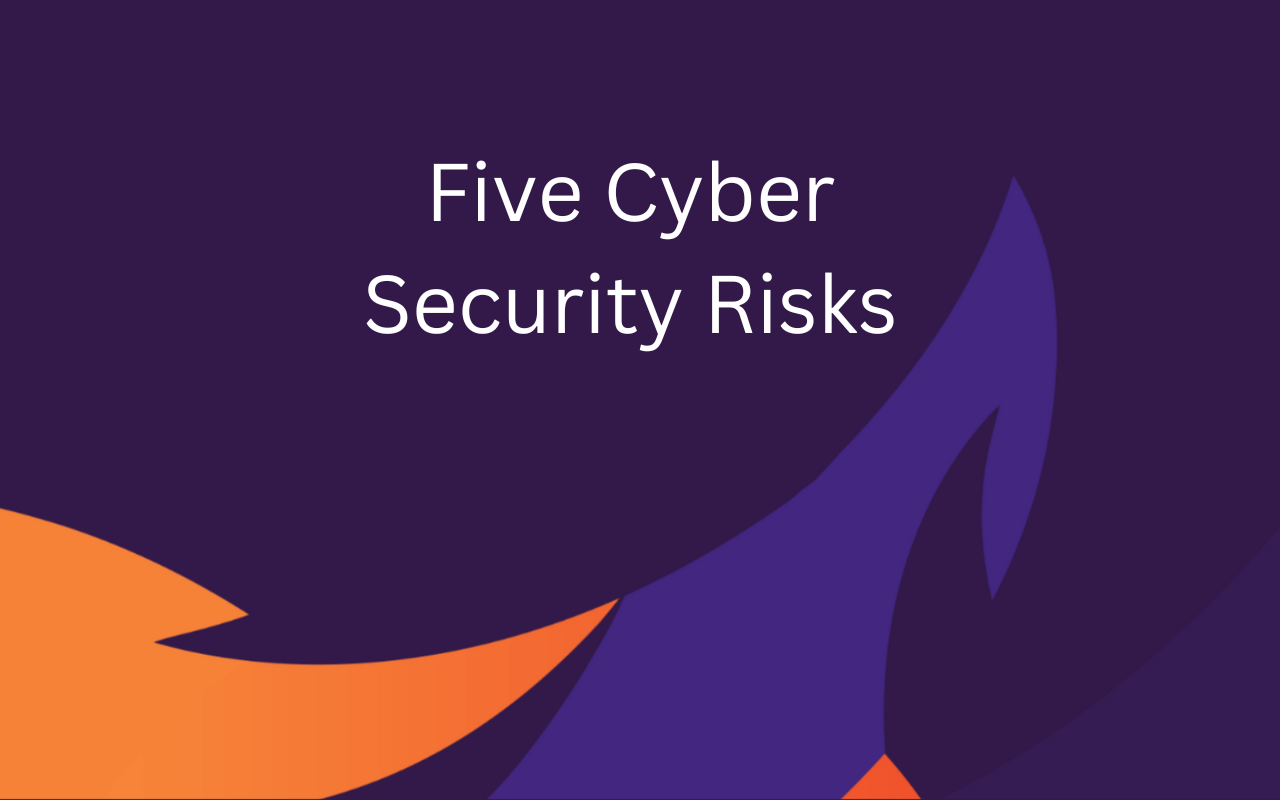The interconnectedness of our digital landscape has the potential to enhance the efficiency of numerous sectors. However, what happens when those systems become vulnerable? Cybersecurity risks have traditionally been framed through the lens of economic threats or personal data breaches. Still, the environmental ramifications of these risks warrant a deeper exploration. This discourse aims to unravel the intricate tapestry of how cybersecurity vulnerabilities can inadvertently impact ecological integrity.
To begin with, consider the ubiquitous reliance on data centers, which serve as the backbone of cloud computing, hosting, and storing immense quantities of sensitive information. These facilities demand significant energy resources, with the operational requirements leading to a notorious carbon footprint. Elevated cybersecurity threats can escalate the demand for redundant systems—essentially additional resources deployed to safeguard sensitive data. As organizations grapple with higher stakes and a corresponding need for enhanced security measures, the compulsion to ramp up energy consumption becomes tangible.
But how do you quantify the latent environmental impact of a cyberattack? The complexities of forensic investigations require technological sifting through data, leading to pronounced energy use and increased waste from outdated hardware. In the event of cyber breaches, organizations may engage in mass data destruction or system overhauls, which generates electronic waste (e-waste). This not only poses direct environmental risks due to hazardous materials found in discarded electronics but also contributes to sustainability challenges, as e-waste disposal is notoriously mismanaged across the globe.
Moreover, the manipulation of core operational technologies through cyber intrusions often has a cascading effect on industries reliant on automation and digitization. Take, for example, the escalating instances of cyber threats within utilities and infrastructures—such as water treatment plants, power grids, or transportation networks. A substantial breach in these critical infrastructures could result in direct environmental degradation, such as contaminated water systems or polluting energy outputs, as malfunctioning systems fail to regulate appropriately. Such eventualities echo through ecosystems, illustrating the talons of cyber vulnerability gripping ecological stability.
Consider in greater depth the phenomenon of “greenwashing,” a term used to describe organizations that convey a false impression of environmental responsibility. The persistent threat of cyber breaches may compel companies to prioritize cybersecurity enhancements over genuine sustainability efforts. Resources that could have been diverted to eco-innovation projects might be reallocated for firewalls and intrusion detection systems. While protecting organizational integrity from cyber threats is paramount, the overshadowing of sustainability initiatives by these security considerations raises questions about corporate accountability.
Furthermore, there’s the socio-economic layer that intertwines with environmental impacts. Many companies outsource their cybersecurity needs, commonly relying on firms that could be operating with a lower standard for environmental policies. This outsourcing can lead to environmental inequities as those with fewer regulations might result in higher carbon outputs or unmitigated waste production while providing the same cybersecurity services. The differentiation between quality cybersecurity measures and the environmental impact of their provision gives rise to a dichotomy that environmentalists must confront.
Let us delve deeper into the operational structure of tech firms. The industry landscape comprises a mélange of cloud service providers, software developers, and manufacturing outfits, each vying for heightened cybersecurity. The responsive measures they take can result in higher consumption of resources, from energy to raw materials, amplifying ecological strains. In light of heightened cybersecurity, the pursuit of more robust and resource-intensive technologies may further exacerbate resource depletion and biodiversity loss.
Cybersecurity risks are also emblematic of a broader philosophical conflict between technological progress and environmental stewardship. The proliferation of the Internet of Things (IoT) and smart devices has created fertile grounds for cyber threats but has also left a significant environmental footprint. Each added device contributes to energy consumption and e-waste, and as cybersecurity measures escalate, so does the urgency for these devices to be crafted using environmentally conscious materials and processes. Yet, are we addressing the challenge effectively, or are we on an unrelenting path of technological expansion that glosses over the looming ecological crisis?
Another critical aspect to consider is the legislative landscape surrounding cybersecurity and environmental policy. The interplay between these spheres demonstrates that regulatory frameworks may lag behind the rapidly evolving technology. As new threats emerge, governments must grapple with updating cybersecurity laws in ways that concurrently safeguard the environment. However, without integrative policies that emphasize sustainability, businesses may inadvertently become further enmeshed in practices harmful to ecological health.
In summary, the ramifications of cybersecurity risk transcend traditional boundaries, intersecting with pressing environmental concerns. The question arises: how can industries innovate and fortify their defenses against cyber threats while simultaneously championing sustainable practices? This inquiry challenges us to rethink our frameworks, forging alliances between cybersecurity and environmental stewardship. As the landscape of threats continues to evolve, it becomes increasingly critical to cultivate not just secure but ecologically responsible technological environments. The paradox of security and sustainability begs for a multi-faceted approach, compelling industries and policymakers alike to pursue solutions that harmonize these often-contradictory objectives.
In the pursuit of a secure future, let us not lose sight of our stewardship of the planet. Thus, the conundrum remains—can we harness the power of technology to protect both our data and our domains? It is a challenge that demands urgent attention, innovative solutions, and collective action.










